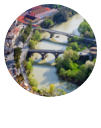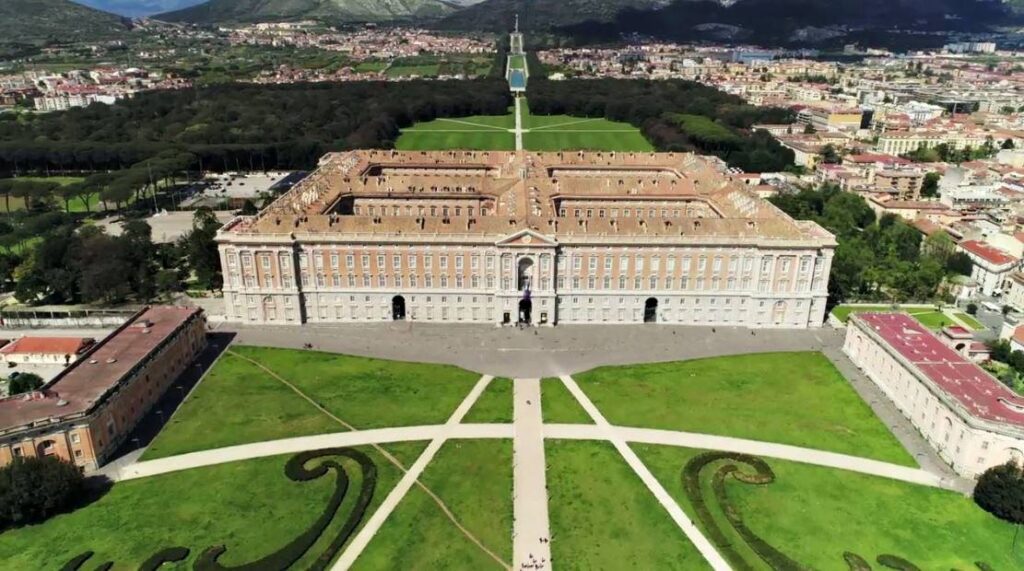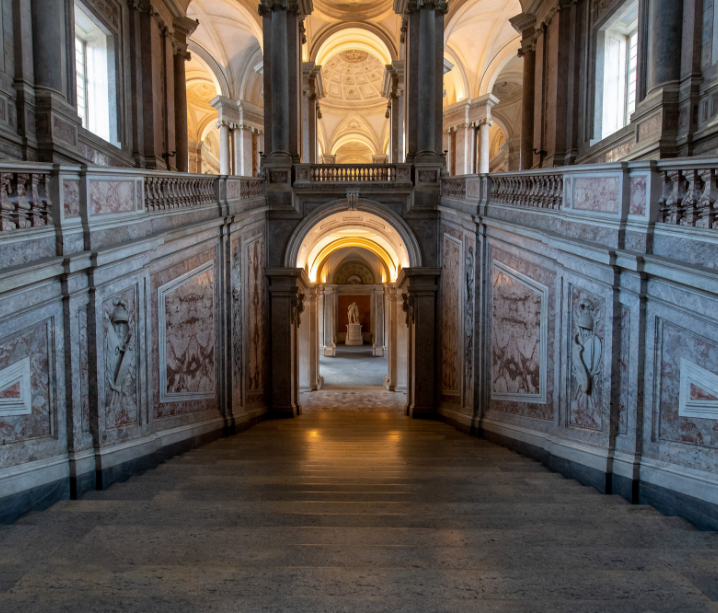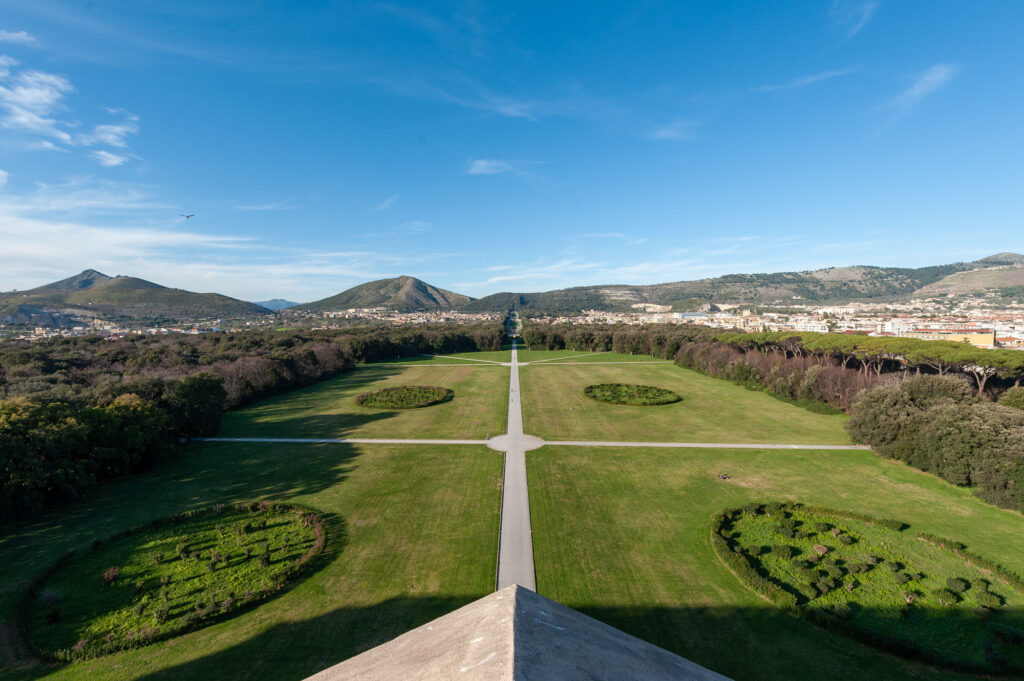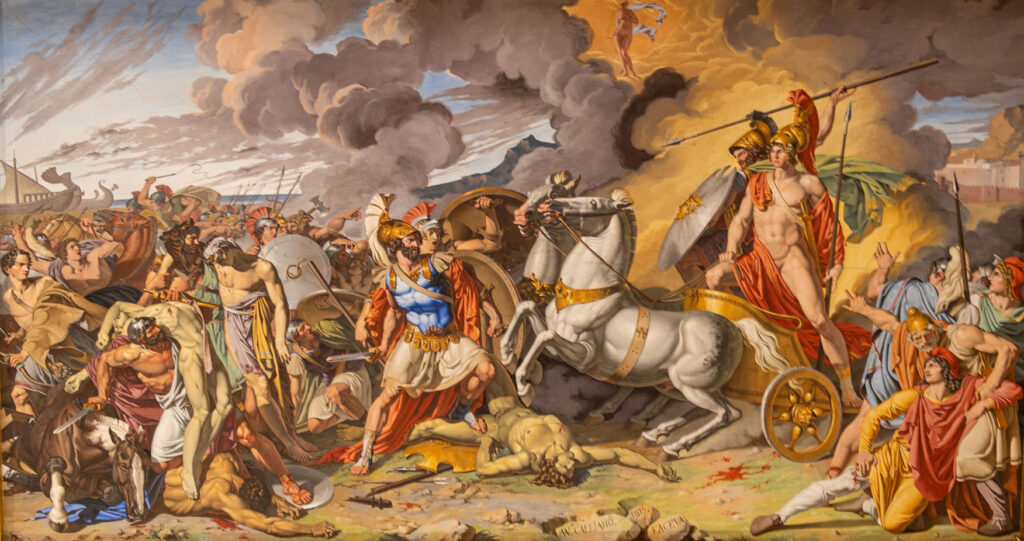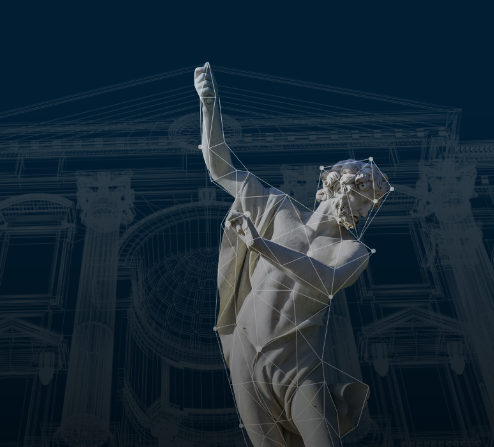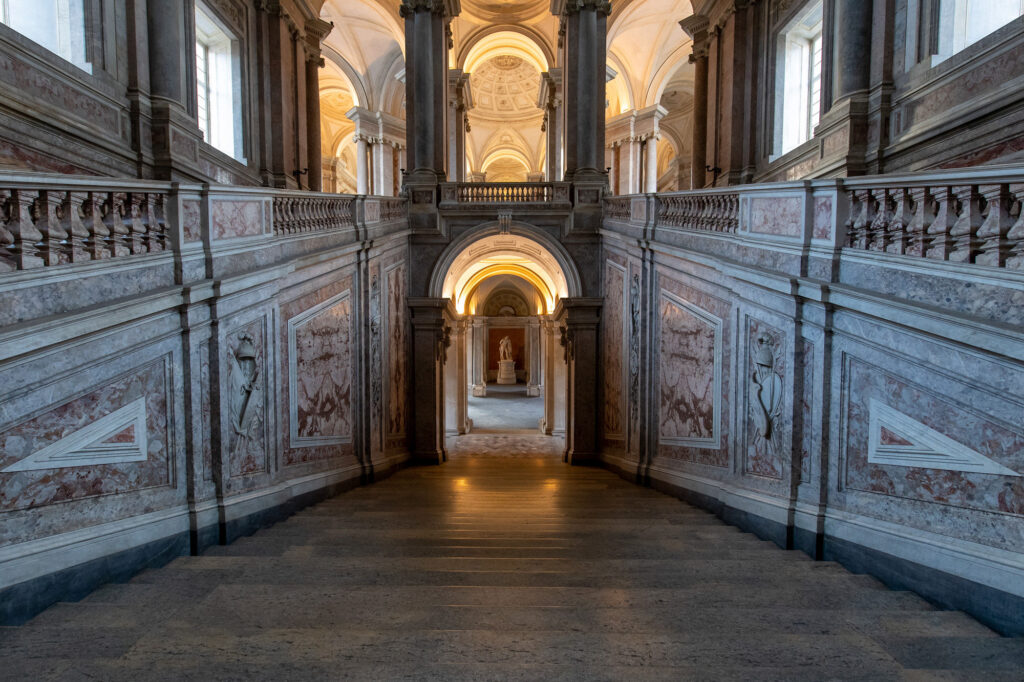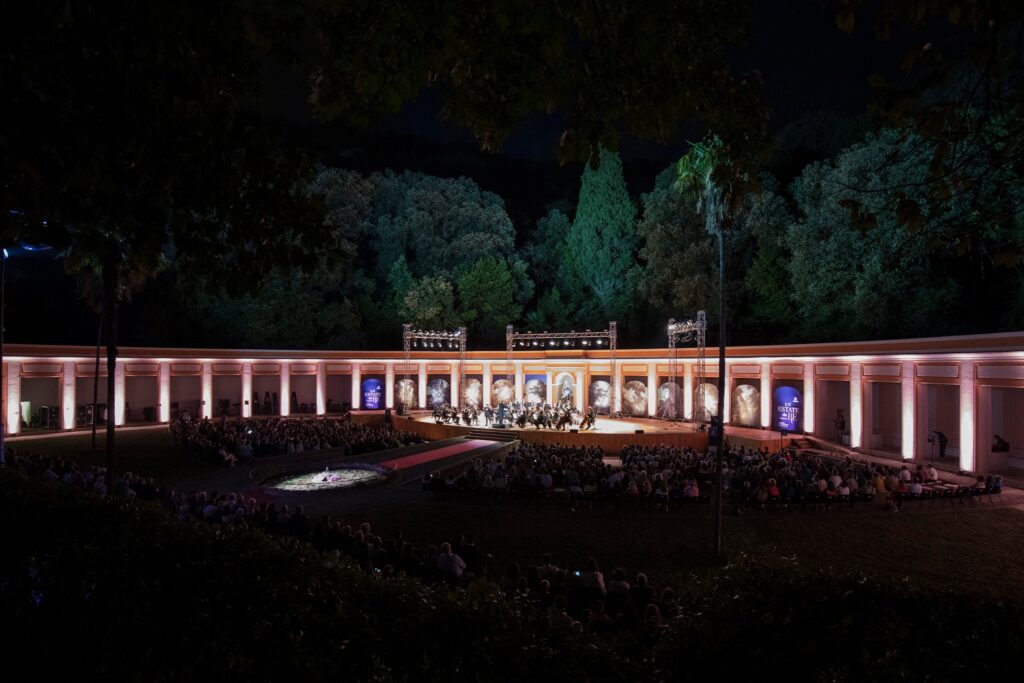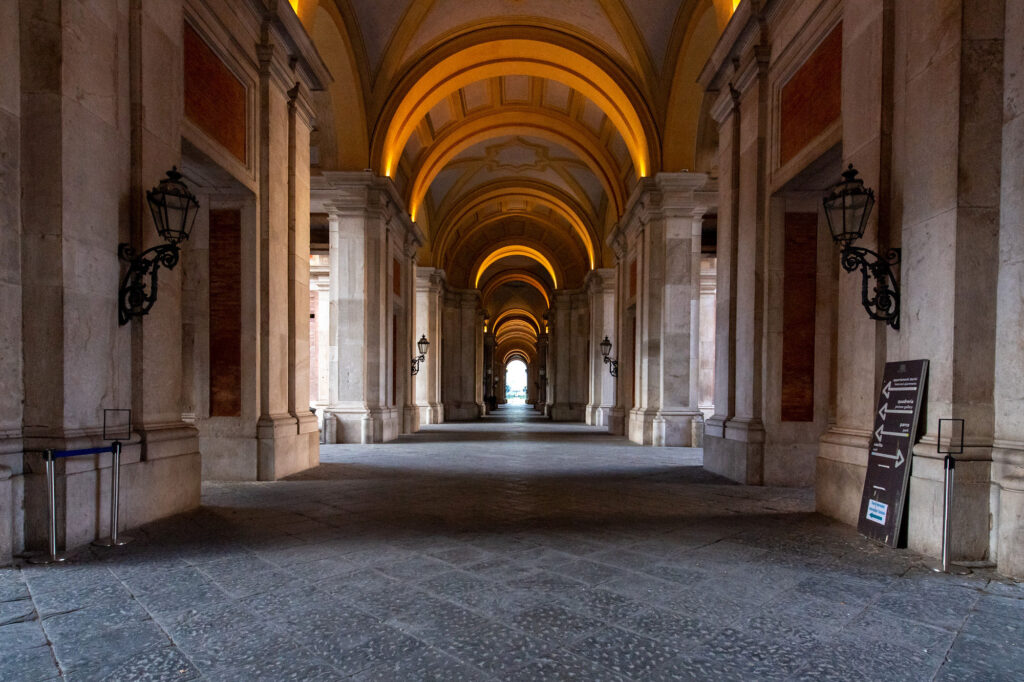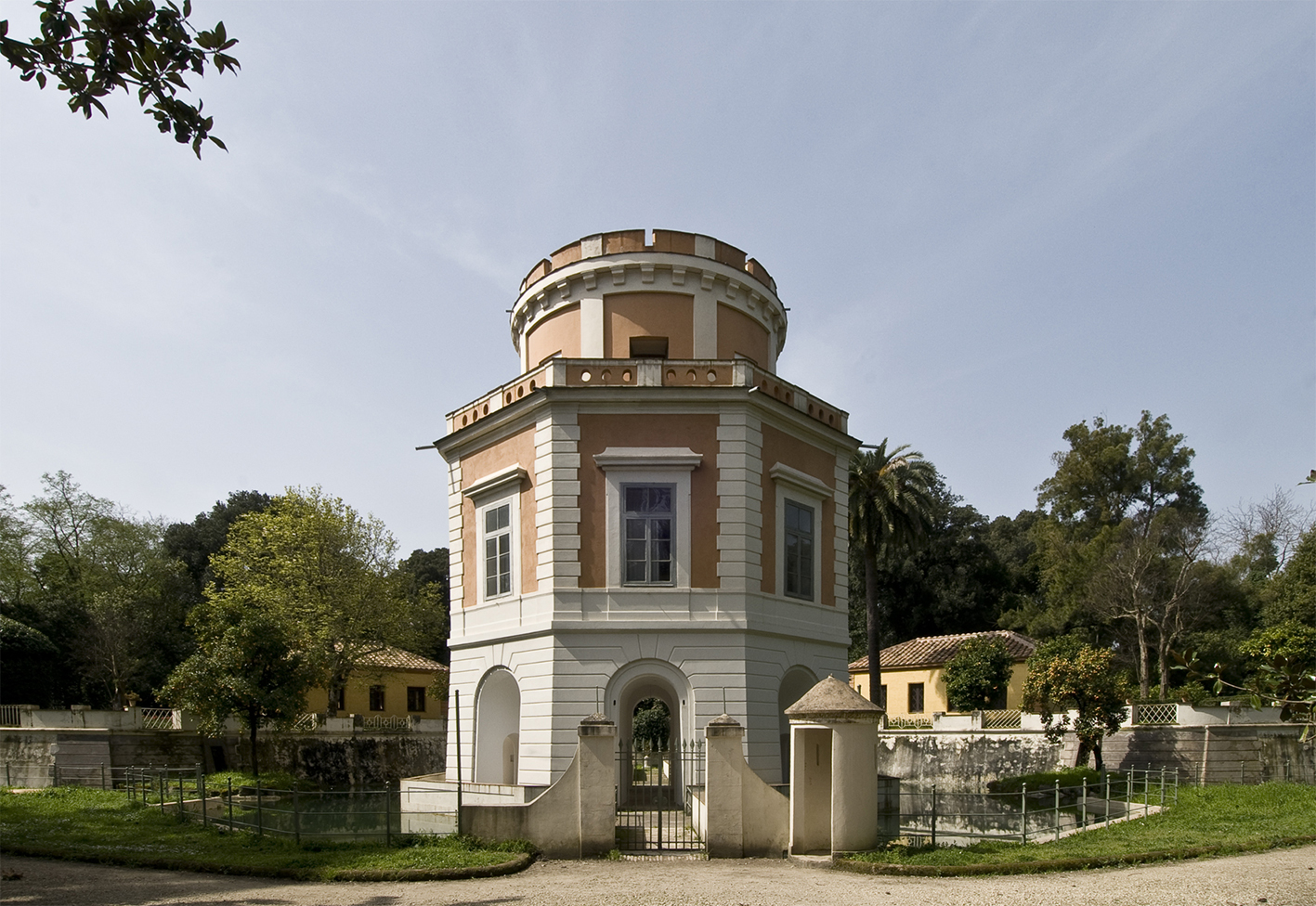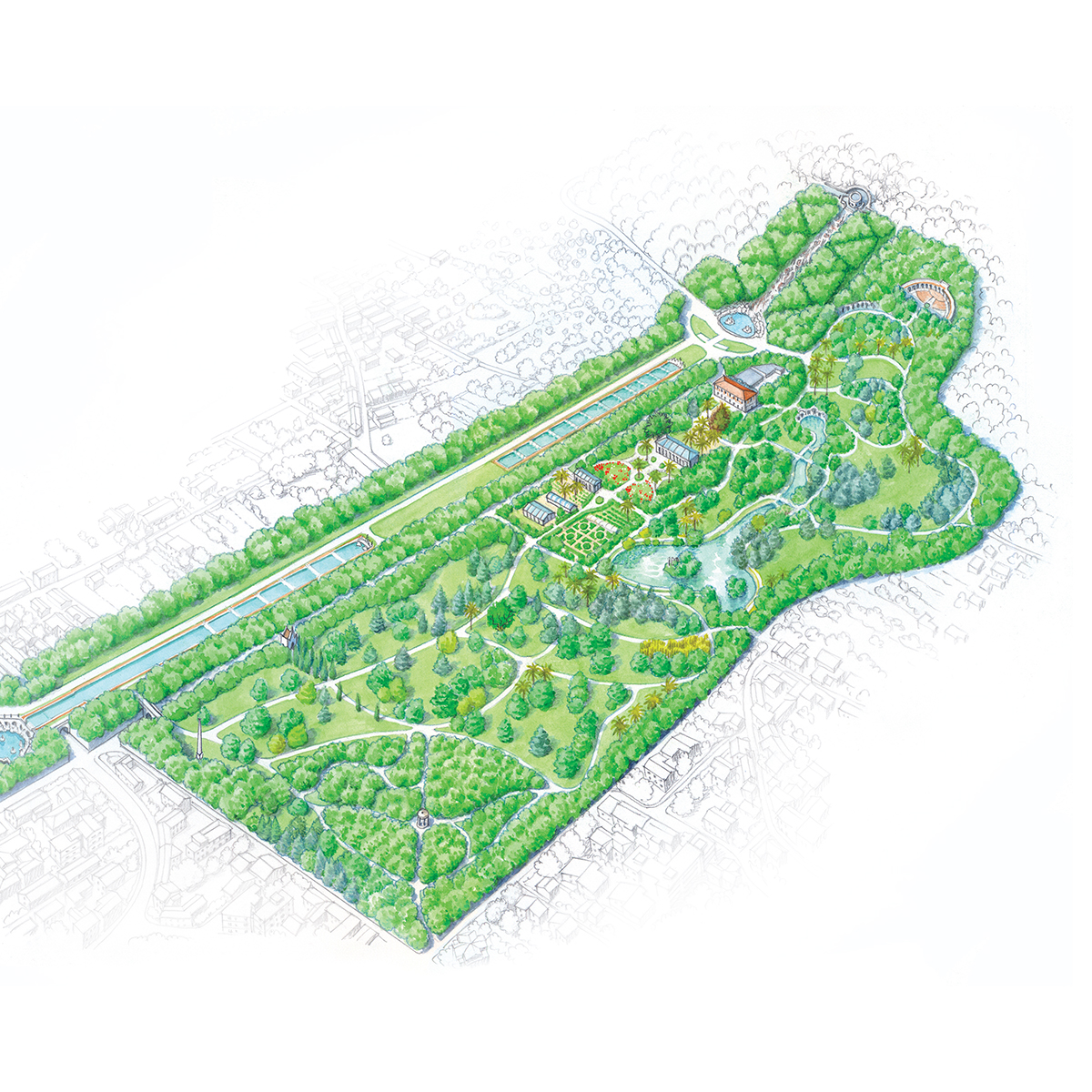An ancient tower, a place of leisure and delight
Castelluccia is an articulated complex of gardens and architecture built in 1769, dominated by an octagonal pavilion. The architect Francesco Collecini went to modify the ancient Torre Pernesta – an early seventeenth-century casino, built by Prince Andrea Matteo Acquaviva for his wife Francesca Pernestain – following Luigi Vanvitelli’s design:. Surrounded by monumental magnolias, palms and araucarias, the Bourbon castle was conceived as a place of learning and recreation. Among its fortifications, the military trainings of the young King Ferdinand IV took place. It’s only when it was revisited as a place of delights in 1818, that it took on its current neoclassical forms. The subsequent addition of a Chinese-style kiosk bears witness to the nineteenth-century fascination for the Far East.

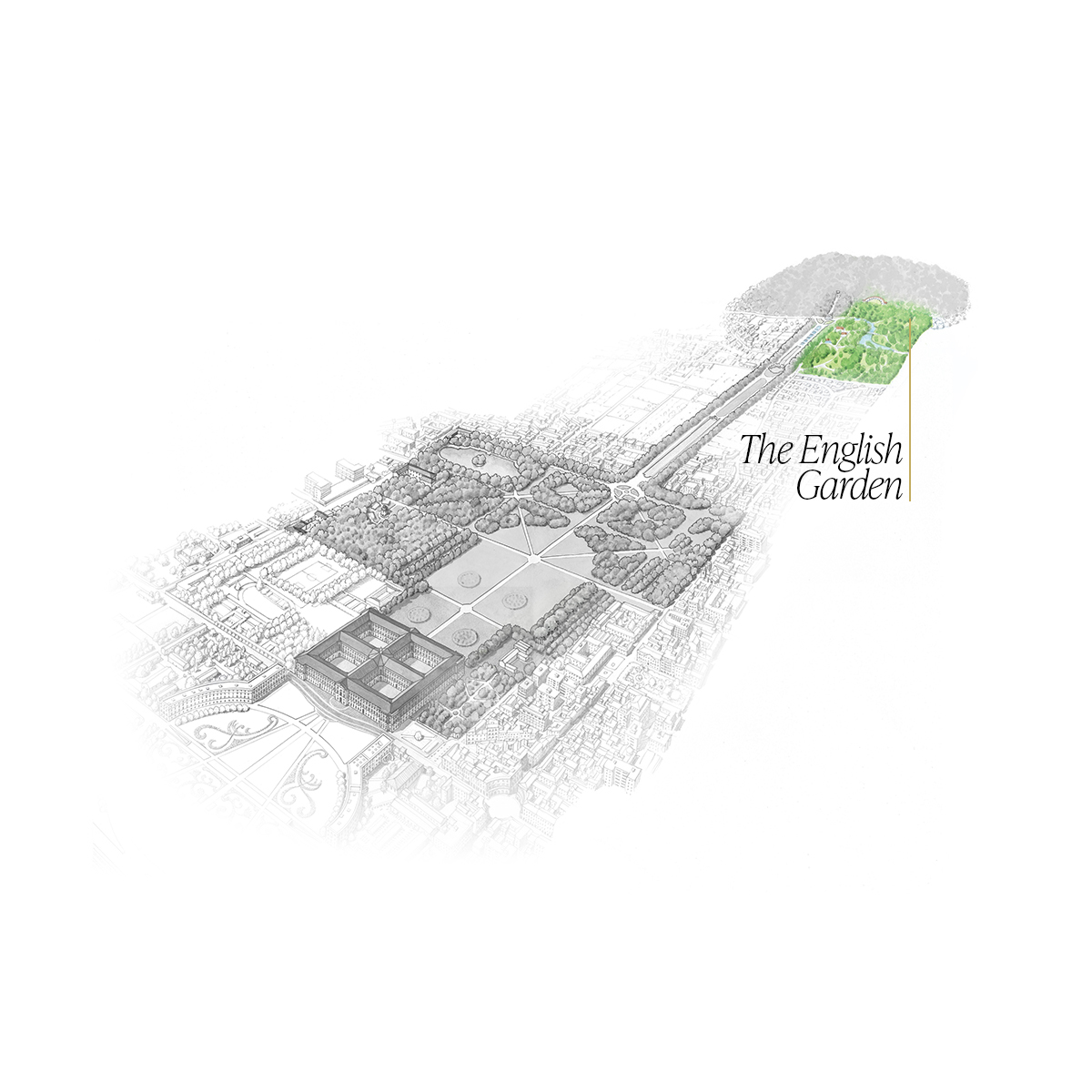
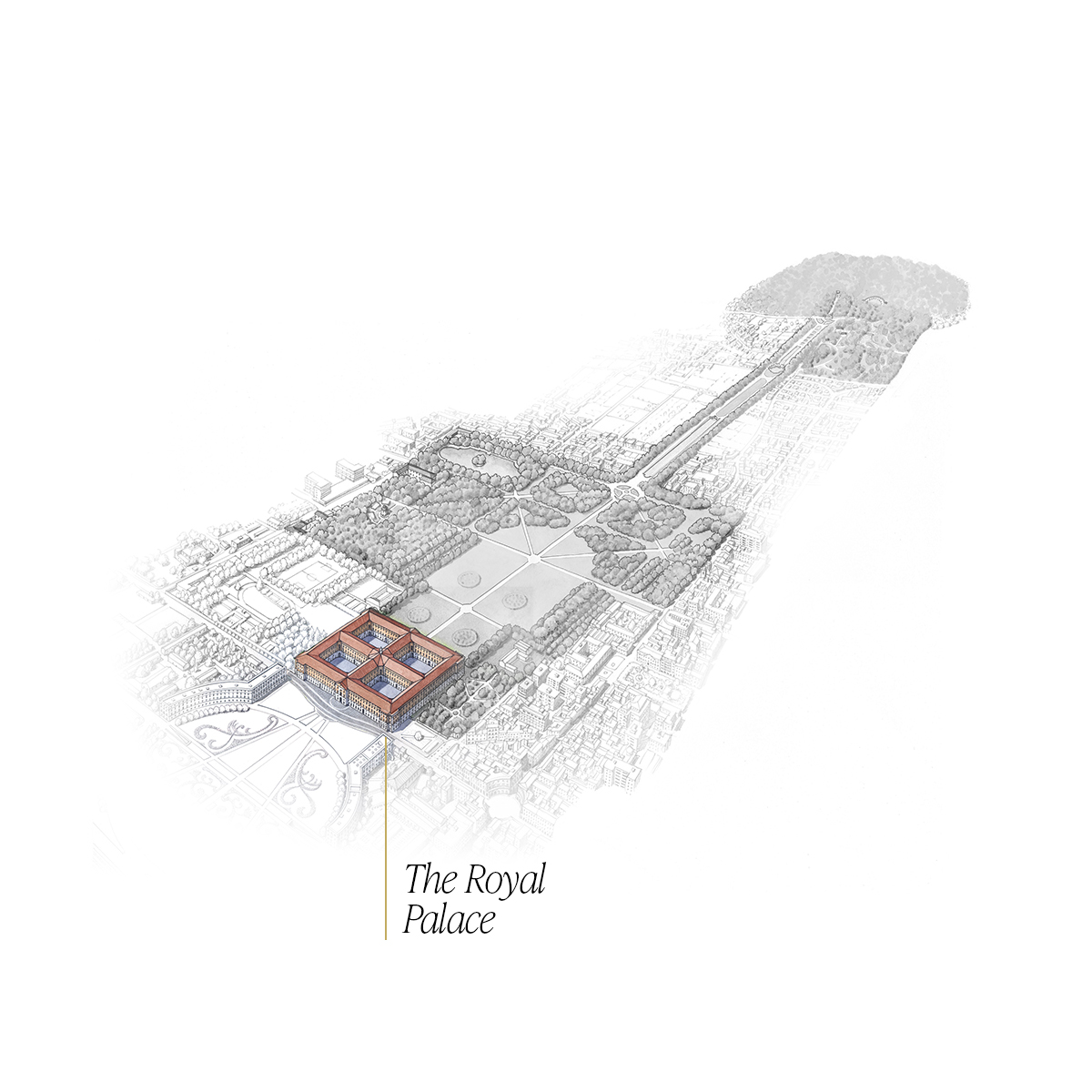
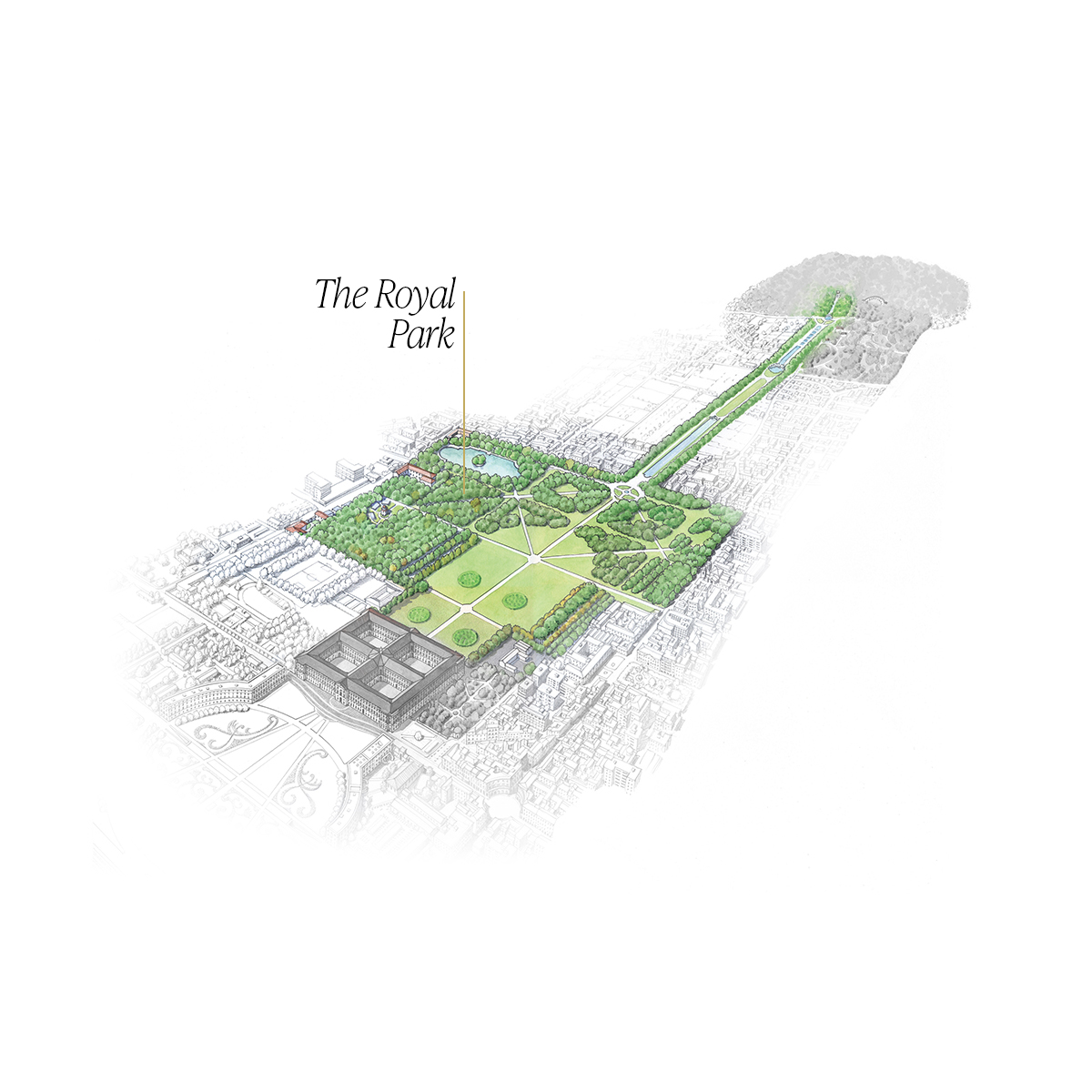
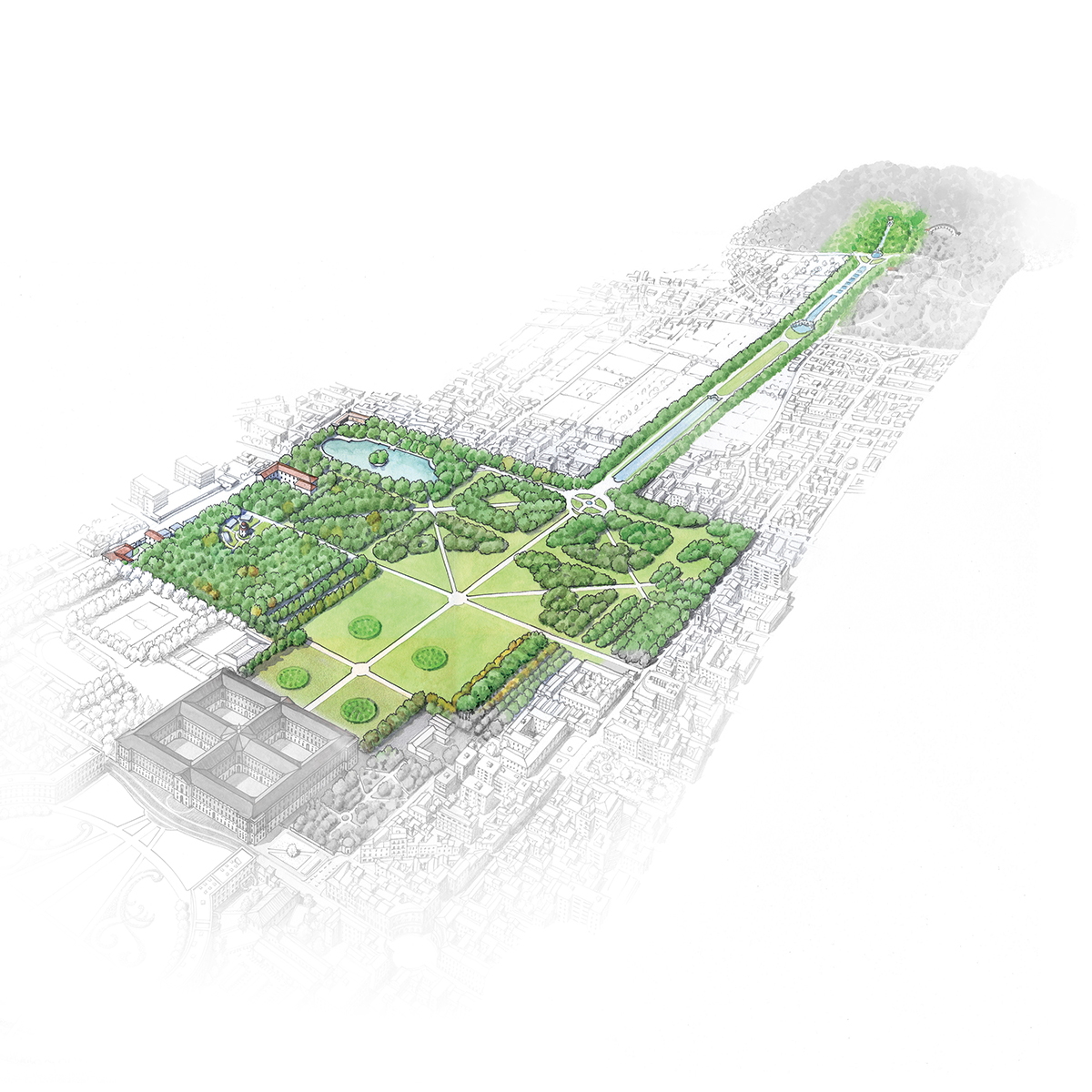
 Via d'acqua
Via d'acqua Castelluccia
Castelluccia Peschiera
Peschiera The Fountain of Dolphins
The Fountain of Dolphins The Fountain of Aeolus
The Fountain of Aeolus The Fountain of Ceres
The Fountain of Ceres The Fountain of Diana and Actaeon
The Fountain of Diana and Actaeon The Fountain of Venus and Adonis
The Fountain of Venus and Adonis The waterfall and Torrione
The waterfall and Torrione The Bosco Vecchio (Old Wood)
The Bosco Vecchio (Old Wood) The Margherita Fountain
The Margherita Fountain